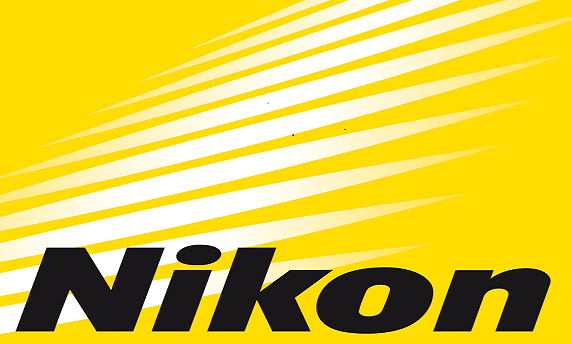Nikon Announces June Price Increases in the U.S. Due to Ongoing Tariff Uncertainty

Nikon, one of the world’s most renowned camera and optics manufacturers, has announced it will implement price increases across its U.S. product lineup starting June 23, 2025, in response to recent changes in U.S. tariffs. This move comes as the latest in a series of pricing adjustments by leading industry names faced with fluctuating trade policies between the United States and China.
The company, which had remained silent amid mounting speculation, published a succinct notice on its official website. In the statement, Nikon advised customers that “due to the recent tariffs, a necessary price adjustment for products will take effect” on the specified June date. While Nikon provided no detailed breakdown of which products or by how much prices will rise, it left the door open for further changes, remarking that pricing “may further change as necessary to reflect evolving market conditions.” This caution is well-founded, given the current volatility of international trade relations.
The immediate catalyst for Nikon’s decision is the U.S. government’s shifting tariff policy on imported goods, including photographic equipment. In early May, the United States and China agreed to a 90-day suspension of many proposed tariffs, providing a temporary reprieve for manufacturers and consumers alike. Despite this, uncertainty is pervasive, as there is no guarantee of a longer-term resolution once this pause expires—making it challenging for businesses to establish stable pricing or strategic planning.
Nikon is not alone in making such adjustments. Several prominent brands have responded similarly. Earlier this month, Sigma revealed it would raise its U.S. prices from June 2, albeit without specifying the increases. Leica, famed for its premium cameras, had already instituted substantial price hikes, including a notable 20% surge for the Leica D-Lux 8 and Leica Lux Grip. These adjustments have already come into effect, significantly impacting end consumers. Meanwhile, although Sony has not issued an official statement, retail monitoring via sites like B&H indicates unofficial rises in camera and lens prices.
Canon’s own communications echoed industry concerns. In its Q1 financial results, Canon indicated it too would adjust its U.S. pricing upwards starting June 1, tying the decision to both tariff measures and broader economic risks, warning that a global recession could prompt further revision. Blackmagic was among the earliest to react with price adjustments, although it, like Nikon, did not specify amounts.
Not all manufacturers are addressing tariffs by raising prices. Some, such as Tamron, announced operational changes—relocating production to mitigate tariff impacts instead of directly raising costs. Others, like Fujifilm, have opted to pause certain U.S. model pre-orders, underscoring the pervasive uncertainty gripping the sector.
Given the fragile and shifting landscape of international trade, these price increases represent an understandable, if inconvenient, business response. The future remains unclear: should the current 90-day tariff suspension lapse without a firmer resolution, further rounds of adjustments—either in price, production, or availability—are likely. For both industry professionals and everyday consumers, keeping abreast of these developments is now essential to navigating the camera market.
Read more:
Source link


